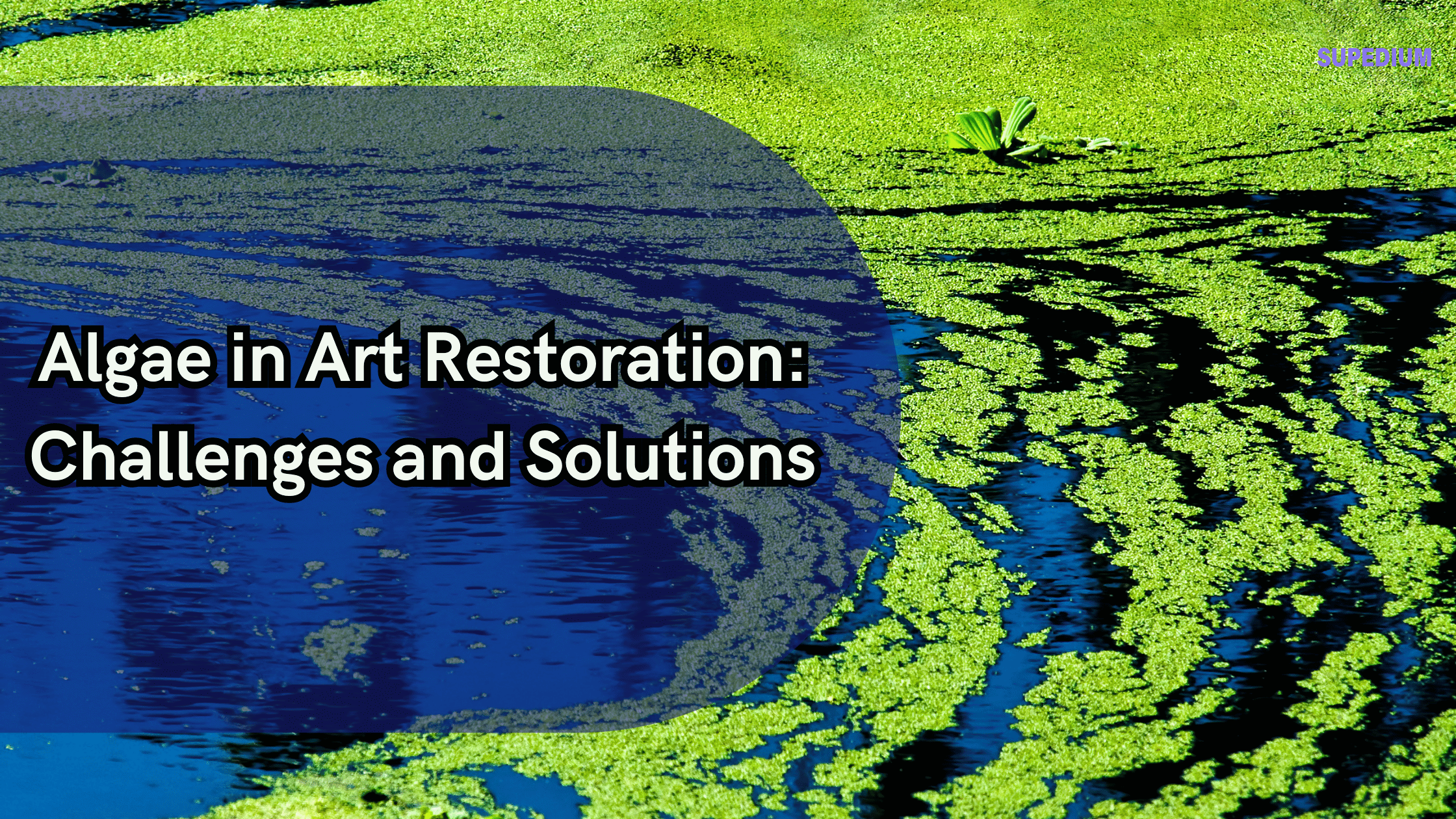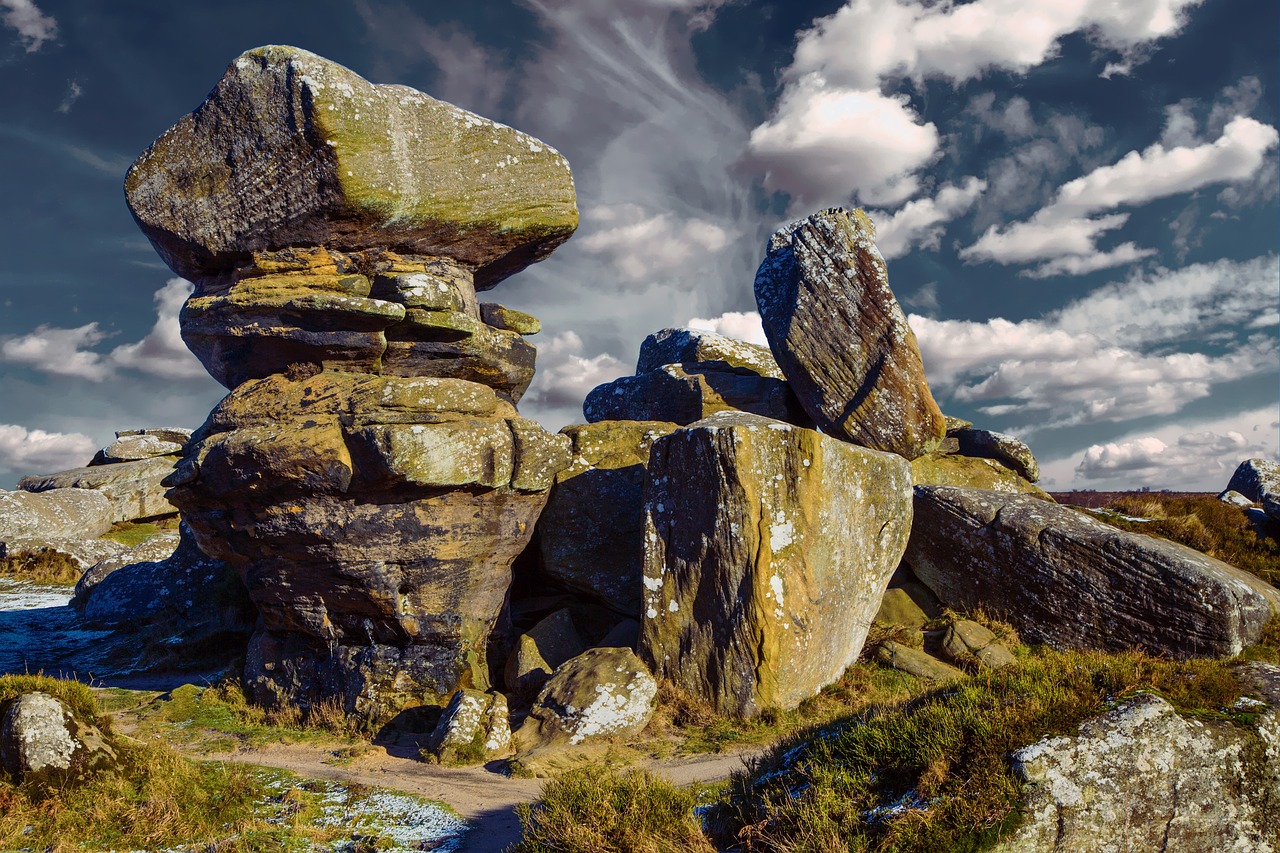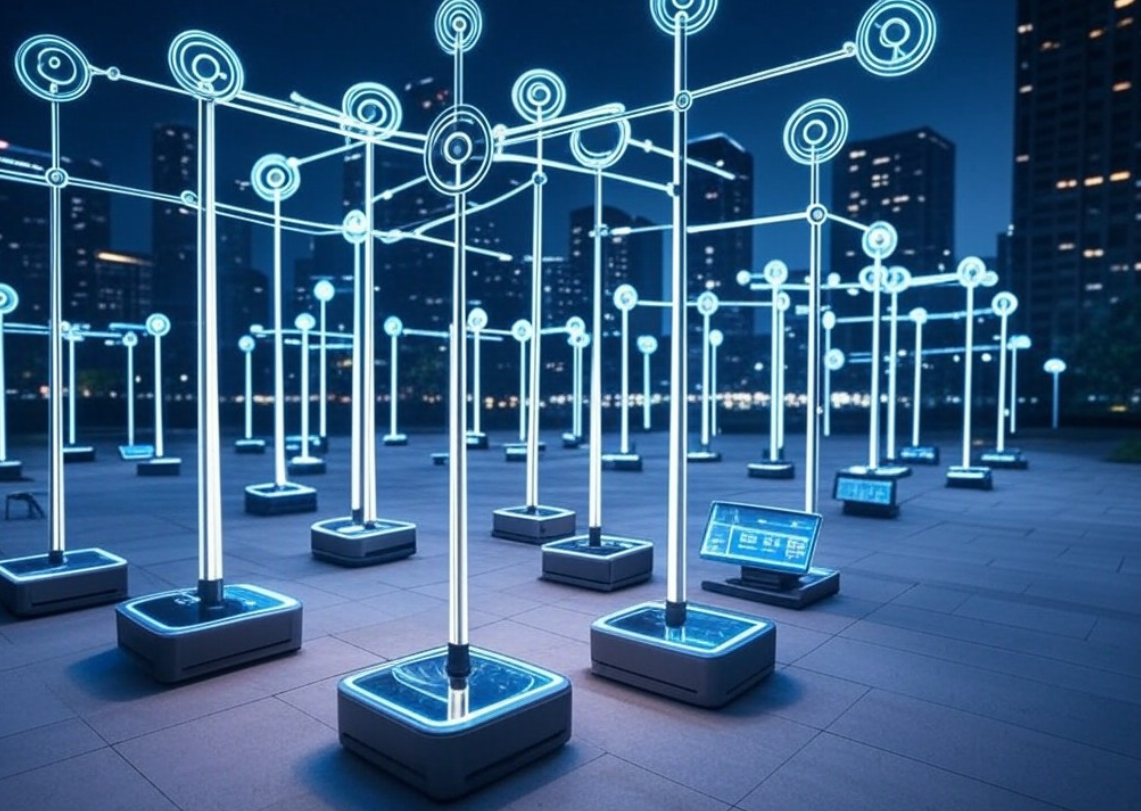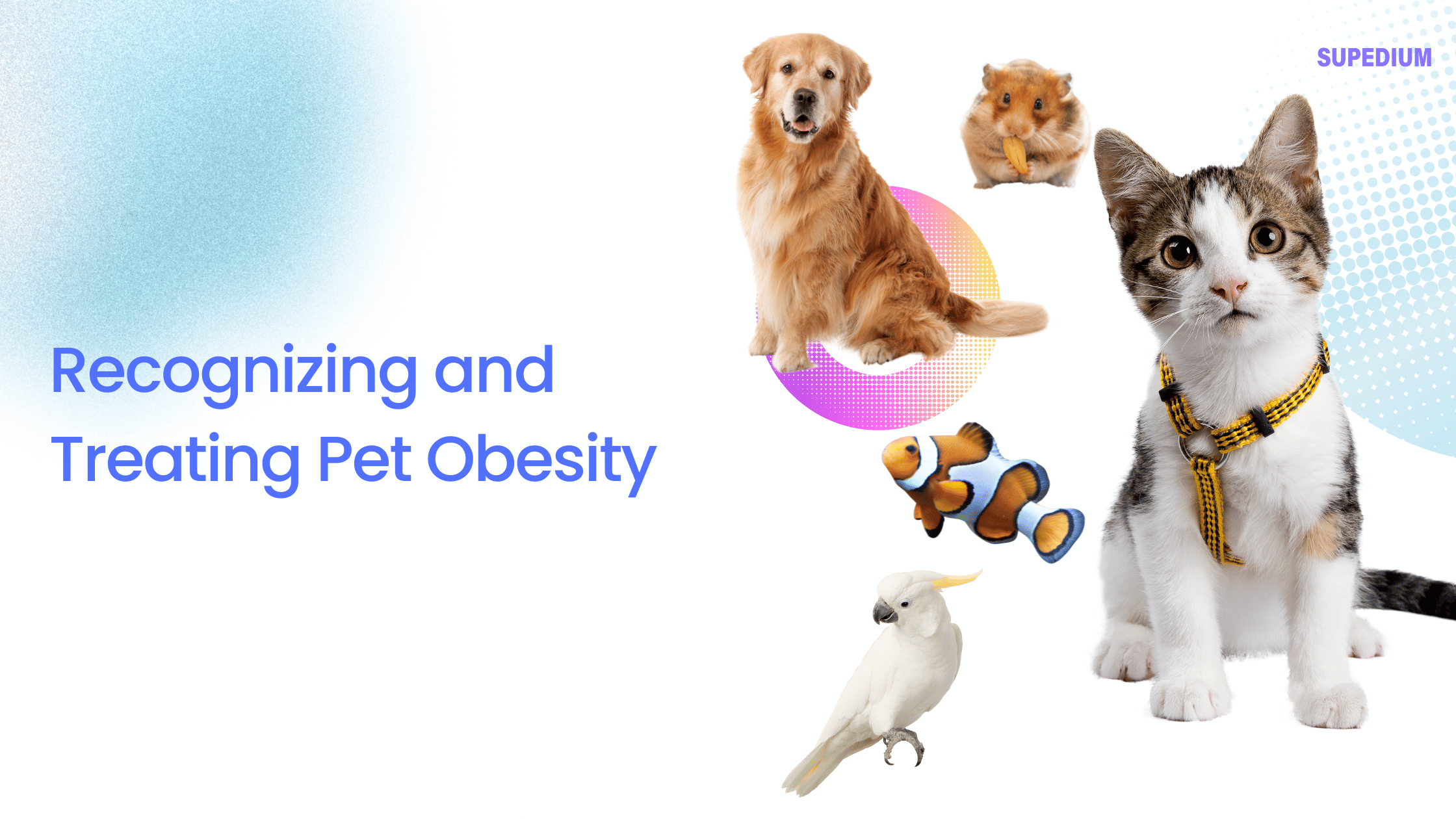Table of Contents
![]()
I. Introduction
Art restoration is a critical field dedicated to preserving and maintaining the integrity of cultural heritage. It involves meticulous work to repair, conserve, and protect artworks for future generations. However, one often-overlooked challenge in art preservation is the impact of algae. These simple organisms, while seemingly benign, can pose significant problems to various types of artworks. Understanding the role of algae in art deterioration and developing effective solutions is essential for preserving our cultural treasures.
II. Algae and Its Impact on Artworks
A. Types of Algae
Algae are diverse and widespread organisms, and several types can affect artworks:
- Green Algae: Typically found in moist environments, green algae can form slimy coatings on surfaces, potentially causing physical and chemical damage.
- Blue-Green Algae (Cyanobacteria): These organisms can produce pigments and toxins that may lead to staining and degradation of art materials.
- Red Algae: Less common in art contexts, red algae can still impact artworks, particularly in damp conditions.
- Other Types: Various lesser-known algae species can also contribute to artwork deterioration, depending on environmental conditions.
B. How Algae Affect Artworks
Algae can have multiple adverse effects on artworks:
- Physical Damage: Algae can cause discoloration and the formation of unsightly stains. Over time, algae growth may lead to the degradation of the artwork’s surface, affecting its physical integrity.
- Chemical Damage: Algae can interact with the materials used in artworks, such as pigments and binders, potentially altering their chemical composition and leading to further deterioration.
- Aesthetic Impact: The visual presence of algae can obscure the original appearance of an artwork, diminishing its aesthetic and historical value.
III. Challenges of Algae in Art Restoration
A. Identification and Assessment
One of the primary challenges in addressing algae damage is accurately identifying the type of algae and assessing its impact. This can be complicated due to:
- Difficulty in Identification: Various algae types may require specialized techniques for accurate identification. The presence of algae may be masked by other forms of deterioration, complicating diagnosis.
- Assessment Challenges: Different art materials respond differently to algae damage. For instance, canvas, wood, and stone artworks each require tailored approaches for assessing and addressing algae-induced harm.
B. Environmental Factors
Algae thrive in specific environmental conditions, which can exacerbate their impact on artworks:
- Humidity and Temperature: High humidity and fluctuating temperatures create ideal conditions for algae growth, making it crucial to control these factors to prevent and mitigate damage.
- Light Exposure: Insufficient light can contribute to algae growth, particularly in poorly lit environments where artworks are stored or displayed.
- Air Quality and Pollutants: Poor air quality and the presence of pollutants can affect the growth of algae, potentially accelerating their impact on artworks.
C. Restoration Techniques and Their Limitations
Restoration techniques for addressing algae damage are not without their limitations:
- Conventional Cleaning Methods: Traditional methods, such as solvents and abrasives, may effectively remove algae but can also pose risks to the artwork’s original materials. There is a fine balance between effective cleaning and preserving the artwork’s integrity.
- Potential Risks: Standard restoration techniques may inadvertently cause further damage if not applied carefully, highlighting the need for specialized approaches when dealing with algae-related issues.
- Balancing Treatment and Preservation: Achieving effective treatment while maintaining the artwork’s original materials presents a significant challenge for conservators.
IV. Solutions and Strategies
A. Preventive Measures
Preventing algae growth is crucial in art preservation:
- Environmental Control: Maintaining stable humidity and temperature levels helps prevent the conditions that foster algae growth. Using dehumidifiers and climate control systems can be effective measures.
- Improved Storage and Display: Ensuring artworks are stored in well-ventilated areas and exposed to appropriate light levels can mitigate algae-related risks. Protective enclosures may also be used to safeguard artworks.
- Protective Coatings and Treatments: Applying specialized coatings can offer a barrier against algae growth, though these must be selected and applied carefully to avoid adverse effects on the artwork.
B. Advanced Cleaning and Treatment Methods
Innovative techniques offer new solutions for algae-related damage:
- Microbiological and Biochemical Cleaning Agents: These agents can target algae while being less harmful to the artwork’s materials compared to traditional solvents.
- Laser Cleaning Technology: Laser cleaning allows for precise removal of algae without direct contact, reducing the risk of physical damage.
- Nanomaterials: Nanotechnology offers targeted cleaning solutions that can address algae growth at a microscopic level, potentially preserving the artwork more effectively.
C. Monitoring and Maintenance
Ongoing monitoring and maintenance are essential:
- Regular Monitoring: Frequent inspections help detect early signs of algae growth, allowing for prompt intervention.
- Maintenance Schedules: Establishing regular maintenance routines helps prevent the buildup of conditions conducive to algae growth.
- Environmental Sensors: Utilizing sensors to monitor humidity, temperature, and air quality can provide early warnings of conditions that may lead to algae growth.
D. Research and Development
Continuous research contributes to improved restoration practices:
- Materials Science Advances: Innovations in materials science can lead to the development of new restoration techniques and materials that better address algae-related issues.
- New Restoration Techniques: Ongoing research into novel restoration methods can enhance the effectiveness of treatment while minimizing damage.
- Collaborative Efforts: Collaboration between scientists, conservators, and engineers fosters the integration of new discoveries into practical restoration solutions.
V. Case Studies
A. Historical Examples of Algae-Related Damage
Several notable artworks have been affected by algae:
- Specific Artworks: Examples include historical murals and sculptures that have suffered from algae-induced discoloration and degradation.
- Restoration Approaches: Various restoration strategies have been employed, ranging from conventional cleaning methods to advanced technologies, illustrating the diversity of approaches needed for different cases.
B. Successful Restoration Projects
Examining successful case studies provides valuable insights:
- Detailed Analysis: Case studies of effectively restored artworks offer lessons on best practices and the importance of tailored approaches.
- Lessons Learned: Successful projects highlight the importance of balancing effective treatment with the preservation of original materials and aesthetics.
VI. Future Directions
A. Emerging Technologies
The future of art restoration may be shaped by technological advancements:
- Innovations in Tools and Materials: New tools and materials continue to be developed, offering improved methods for addressing algae-related damage.
- Digital Imaging and Analysis: Advances in digital imaging and analysis techniques provide more precise tools for diagnosing and treating algae damage.
B. Interdisciplinary Approaches
Collaborative efforts enhance restoration practices:
- Collaborations: Working together across disciplines—scientists, conservators, and engineers—can lead to more effective solutions.
- Integration of Discoveries: Applying new scientific discoveries to practical restoration techniques can improve outcomes and expand the possibilities for preserving cultural heritage.
C. Public Awareness and Education
Raising awareness and educating stakeholders is vital:
- Awareness Campaigns: Increasing public understanding of art preservation issues, including algae-related challenges, can foster support and funding.
- Educational Initiatives: Training programs for conservators and educational resources for the public contribute to better preservation practices and a greater appreciation of cultural heritage.
VII. Conclusion
In summary, the impact of algae on art restoration presents significant challenges, but understanding these issues and developing effective solutions is crucial for preserving our cultural heritage. By employing preventive measures, exploring advanced cleaning methods, and engaging in ongoing research, we can mitigate the effects of algae and ensure that artworks are protected for future generations. As technology and interdisciplinary approaches continue to evolve, the field of art restoration will benefit from improved techniques and a deeper understanding of how to address and overcome the challenges posed by algae.
Share This





Be the first to comment